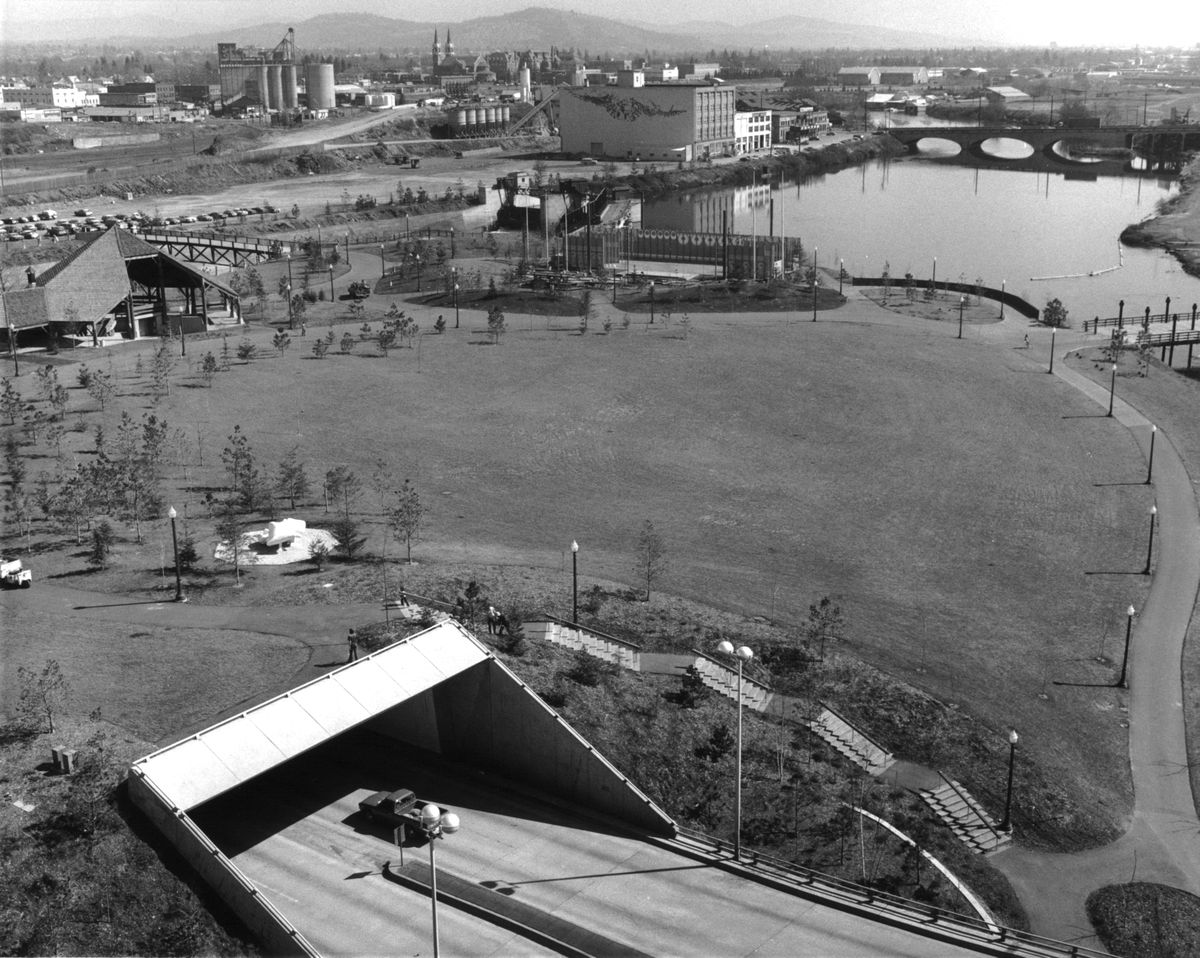This column reflects the opinion of the writer. Learn about the differences between a news story and an opinion column.
Then and Now: Riverfront Park after Expo ‘74

In 1958, the Spokane City Plan Commission began studying possible civic and cultural uses for the downtown islands in the Spokane River if they could remove the railroad operations from the riverfront, which seemed impossible.
Around 1959, downtown business leaders formed Spokane Unlimited, with the goal of revitalizing the city core hollowed out by people and retail businesses fleeing to the suburbs. Planners made recommendations on business development, traffic flow, mass transit and other improvements. In 1963, the group hired King F. Cole to implement the recommendations.
Cole loved Spokane, telling the group, “You have unsurpassed scenic beauty, a wonderful climate, friendly people and, in addition, a determination to progress which I am confident results from a community pride that is the necessary ingredient to success.”
In the late 1960s, a number of Spokane groups and committees were planning a major celebration of the centennial of Spokane’s settlement by white settlers which dates back to between 1873 and 1877. State and federal representatives pledged their support.
The Centennial festival would be on Havermale Island in the Spokane River, where the settlers built cabins, stores, stables, sawmills and flour mills.
Cole proposed making it a world’s fair.
In 1971, a plan for Riverfront Park, in conjunction with the hoped-for world’s fair, was unveiled. A 12-member team of landscape architects and engineers had the goal to “bring attention to the river as a natural treasure,” according to The Spokesman-Review.
While Cole and many others worked furiously to remove the railroad tracks and make Expo ‘74 happen, Spokane Chronicle business editor Frank Bartel wrote of the benefits: aesthetic and environmental improvements would add up to $40 million of spending, increased property tax revenue, 4,000 new jobs before and during the fair, and a new performing arts center and convention space to be left for future generations.
He waxed poetic about the future downtown park in 1971: “While Mom and Dad shop, the youngsters play in a spacious park. Later in the afternoon or evening, the family is reunited for an open-air concert in the waterfront theater … “
“Where and what is this attractive and exciting place? It’s downtown Spokane, post Expo ’74.”